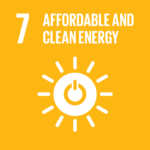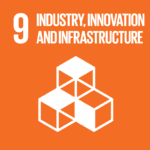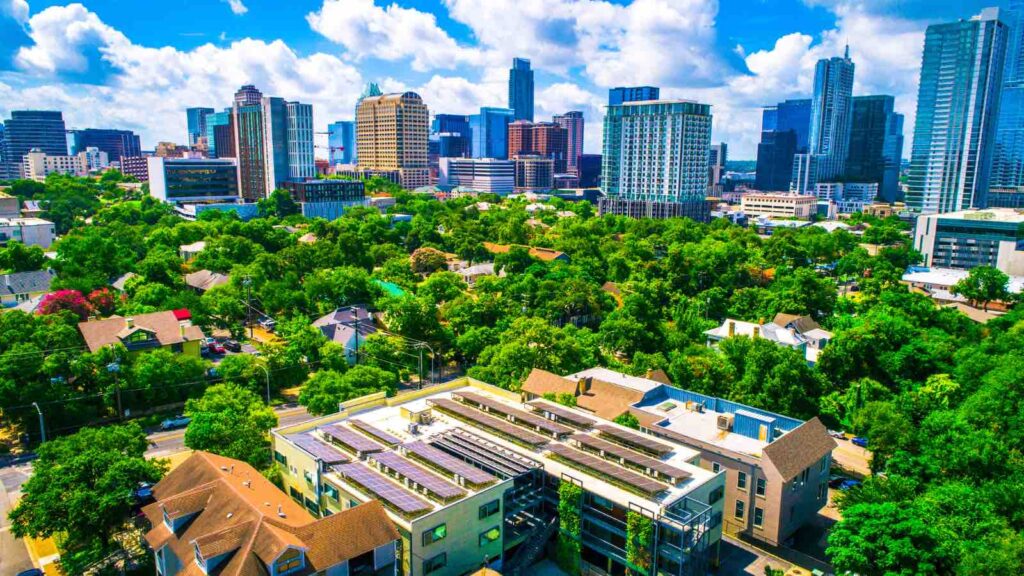The International Renewable Energy Agency (IRENA)’s report reveals that while renewable energy capacity grew by an unprecedented 14% in 2023, this pace falls short of the 16.4% annual growth rate required to triple renewable capacity to 11.2 terawatts by 2030.
In a sobering assessment of the world’s clean energy transition, the International Renewable Energy Agency (IRENA) has warned that despite record growth in 2023, renewable energy deployment is not on track to meet the ambitious global goal set at last year’s COP28 climate summit.
RELEVANT SUSTAINABLE GOALS



The Renewable Energy Statistics 2024
The report, released Thursday, reveals that while renewable energy capacity grew by an unprecedented 14% in 2023, this pace falls short of the 16.4% annual growth rate required to triple renewable capacity to 11.2 terawatts by 2030. At the current trajectory, the world will miss this target by 13.5%.
IRENA Director-General Francesco La Camera emphasized the urgency of the situation, calling for “concrete policy action and a massive mobilization of finance” to accelerate renewable energy adoption.
The findings highlight stark geographical disparities in clean energy deployment. While Asia and North America saw approximately 9% growth in new renewables capacity, and South America achieved 12%, Africa lagged significantly with only a 3.5% increase. This imbalance is further underscored by data from REN21, showing that regions representing nearly two-thirds of the global population received less than 18% of new renewable capacity in 2023.
Bruce Douglas, CEO of the Global Renewables Alliance, pointed out the injustice of this disparity, noting that Africa has received less than 2% of global renewable energy investments over the past two decades. “The justice piece is huge and too often overlooked,” Douglas said, emphasizing that countries missing out on renewables financing are also losing potential development benefits, job creation, and improved access to affordable energy.
Financial barriers remain a significant obstacle, particularly in developing countries. William Brent of Husk Power Systems explained that perceived higher risk profiles and lower returns in African markets deter Western investors, despite the continent being home to some of the world’s fastest-growing economies.
Experts suggest that public sector financial incentives and multilateral development banks could help de-risk renewable projects for private investors. Sonia Dunlop, CEO of the Global Solar Council, stressed the need for governments to create supportive policy environments to attract investment.
“As custodian agency tasked with monitoring the progress, IRENA is committed to support countries in their pathways to meet the target, but we need concrete policy actions and massive mobilisation of finance at full speed to reach our destination together.”
Francesco La Camera, IRENA Director-General
Infrastructure challenges also hinder progress, with grid congestion and complex permitting processes delaying or blocking renewable projects, particularly in developed countries. REN21 reports that potential renewable capacity awaiting grid connection is triple the amount of wind and solar power installed in 2023.
The report also highlights the often-overlooked role of energy efficiency in meeting climate goals. The Global Renewables Alliance is advocating for countries to not only triple renewables but also double the rate of improvement in energy efficiency by 2030.
Lead image courtesy of RoschetzkyIstockPhoto from Getty Images
You may also be interested in :
Climate Goals Explained : Decoding Net Zero and Carbon Neutral


